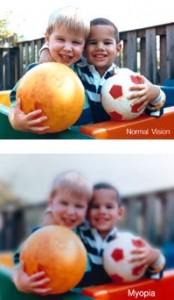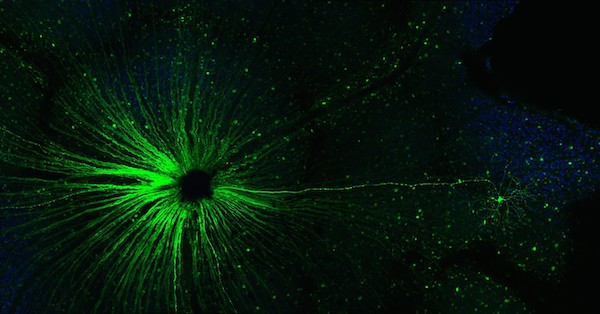 Was your mother right when she told you not to read in dim light? Is there a correlation between your love of reading as a child and the fact that you now need glasses for distant objects?
Was your mother right when she told you not to read in dim light? Is there a correlation between your love of reading as a child and the fact that you now need glasses for distant objects?
These questions and more are being addressed by researchers at Emory and the Veterans Administration.
In a lab at the Atlanta Veterans Affairs Medical Center near Emory, researcher Machelle Pardue, PhD, who has an appointment at Emory Eye Center, studies why some eyes seem to change over time, growing larger and longer, thereby making that eye what we call “nearsighted.†This dependence on glasses or contact lenses to see distant objects seems to be a growing phenomenon. Scientists and ophthalmologists call this nearsightedness myopia, and whether it’s environmental or genetic—or a likely combination of both—is fascinating to Pardue and her research colleagues.

Michelle Pardue, PhD
The unique collaborative nature of Pardue’s work draws on the talents of many specialists—clinical, engineering, molecular, and imaging. Her ongoing work and the work of others who serve both at the VA and Emory will no doubt lead to important findings and from that, possible clinical treatments.
For more information about Pardue’s work, read the feature article  “Closing in on myopia—and more†in Emory Eye magazine, summer 2010, page 8.
Posted on
August 3, 2010 by
admin
in Uncategorized








